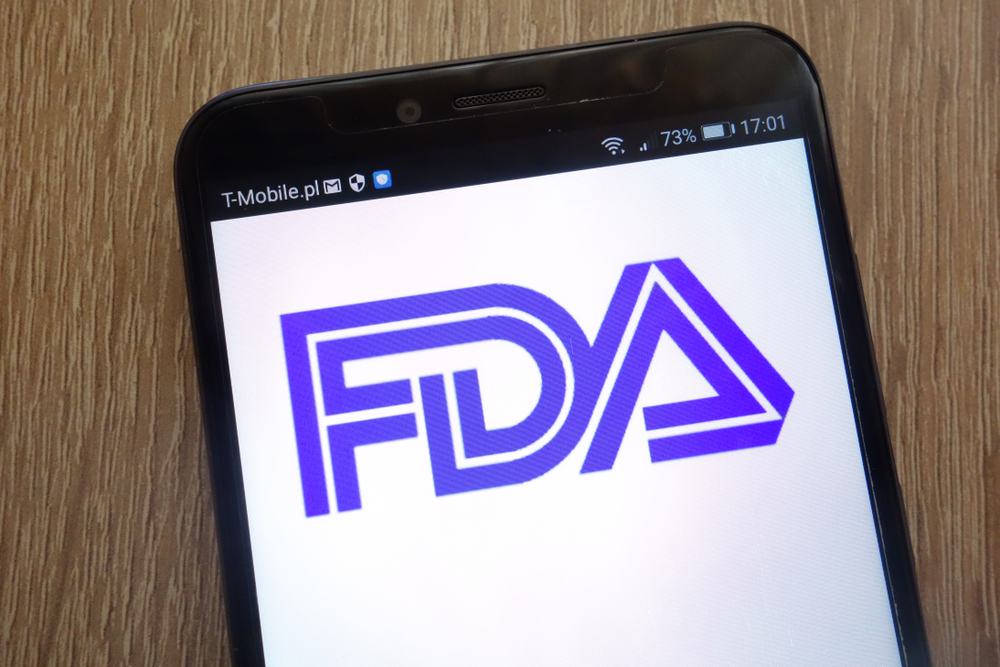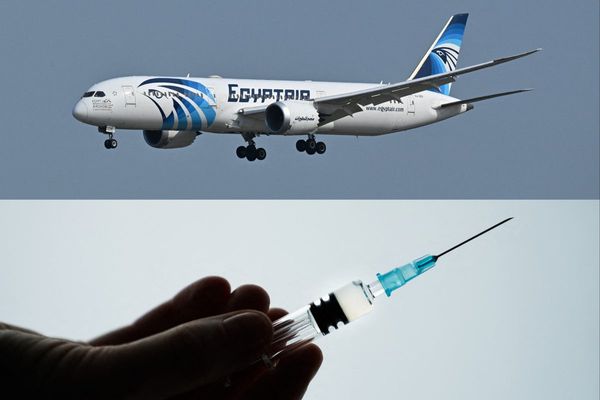
If you’ve ever wondered why some everyday products still seem oddly regulated—or barely regulated at all—there’s a good reason: some of the rules governing what we eat, apply to our skin, or take for minor headaches haven’t been seriously updated since the disco era.
Yes, while the world moved on to smartphones, drones, and AI, a surprising number of FDA regulations are still stuck in the world of shag carpet and lava lamps. And despite major advances in science, medicine, and public health awareness, these old rules continue to influence what ends up on our shelves and in our bodies.
1. The Definition Of “Healthy” On Food Labels
Back in the 1970s, nutrition science was dominated by one overwhelming belief: fat was the enemy. This led the FDA to create labeling rules that prioritized low-fat content above almost everything else, even if the food was loaded with sugar or chemicals. As a result, products like sugary cereal, fruit snacks, and diet snack bars could legally be marketed as “healthy” if they met outdated fat standards. Meanwhile, naturally nutrient-dense foods like nuts, salmon, and avocados didn’t fit the criteria and were sometimes labeled “unhealthy.” The rules have been debated for decades, but the original standards continue to influence.
2. The Approval Pathway for Over-The-Counter Painkillers
Over-the-counter painkillers like acetaminophen and ibuprofen are household staples—but the way they’re regulated largely stems from decisions made in the early 1970s. Back then, testing methods didn’t account for modern usage patterns, long-term liver effects, or interactions with everyday supplements. As a result, labels often give minimal detail about risks, even though medical literature now shows significant dangers from overuse. Efforts to update the rules move slowly because the drugs are so widely used and embedded in daily life. The irony is that while these painkillers are easy to buy, doctors now routinely warn patients to treat them cautiously.
3. Rules Governing Cosmetic Ingredient Disclosure
Cosmetics—everything from moisturizers to mascara—are still largely regulated by guidelines set in the early 1970s. These rules allow companies to group multiple chemicals under vague umbrella terms like “fragrance,” making it nearly impossible for consumers to know what they’re actually applying to their skin. While the science of skin absorption and chemical sensitivity has come a long way, the regulatory framework hasn’t caught up. Companies can legally avoid disclosing potentially irritating or allergenic ingredients simply by categorizing them strategically. Despite constant calls for transparency, the cosmetics industry continues to enjoy enormous flexibility under decades-old policy.
4. Food Additives Classified As “Generally Recognized as Safe”
The “GRAS” list—short for “Generally Recognized as Safe”—sounds reassuring, but many items on that list were approved when researchers had far less understanding of long-term exposure and chemical interaction. Some of these additives were reviewed once, lightly, and then grandfathered forward without continued evaluation. And because companies can self-certify new additives as GRAS without mandatory FDA testing, the system remains surprisingly loose. This means additives that were barely researched half a century ago are still showing up in modern foods without updated safety reviews. The controversy isn’t that all additives are harmful—it’s that we simply don’t know enough about many of them.
5. Rules For Pet Food Ingredient Standards
Pet food today is marketed like gourmet cuisine—with grain-free blends, premium cuts, and “human-grade” claims—but the regulations governing what goes into pet food go back to the 1970s. At that time, nutritional science for dogs and cats was still developing, and the pet food industry was more focused on cost efficiency than quality. As a result, many pet foods can still legally include ingredients like by-products and fillers without prominently disclosing them.
The rules were written before pets became viewed as family members with dietary needs comparable to humans. While many pet owners now demand higher transparency, the foundational regulatory structure remains remarkably old-fashioned.

6. Standards For What Counts As “Ice Cream”
This one is both amusing and surprisingly important: the legal definition of ice cream was created decades ago based on milk fat content and density. That’s why some products that taste like ice cream can’t be sold under the name, while others that technically meet the formula can be low on flavor and quality. The standard doesn’t account for new culinary techniques, dairy alternatives, or updated nutritional research. This is the reason so many frozen desserts have confusing labels like “frozen dairy treat” or “frozen dessert.” The rule may seem minor, but it influences product development, marketing, and even pricing to this day.
Should We Update the Rulebook or Leave It in the Past?
It’s easy to laugh at the idea of rules from the era of cassette tapes still shaping what we eat, buy, and use—but it’s also a reminder that regulations don’t automatically evolve with science or culture. Updating FDA rules requires time, public pressure, research funding, and sometimes political motivation. Some of these older standards may still work well enough, but others have real impacts on health, transparency, and consumer understanding. The question becomes: which of these rules deserve a thoughtful overhaul, and which are harmless relics of a simpler time?
Have you ever noticed a product rule, label, or standard that seemed outdated? Share your thoughts and experiences in the comments section.
You May Also Like…
7 FDA Approvals That Should Never Have Happened
8 Drug Ads Pulled After Massive Complaints
7 Medications Pulled for Links to Devastating Outcomes
7 Medical Devices Recalled Without Any Public Warning
10 Sunscreen Ingredients That Raise Health Questions
The post 6 FDA Rules Still Unchanged Since the 1970s appeared first on Everybody Loves Your Money.







